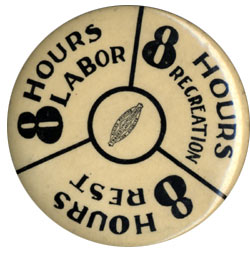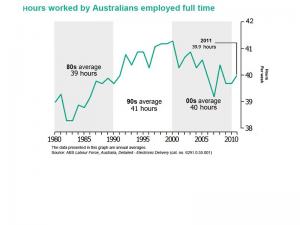Eight hour day: work, rest and play
In 1856, stonemasons in Melbourne stopped work to march in support of an eight hour day. At the time many people worked up to 14 hours each day, six-days a week.
Image credit: Independentaustralia.net
Their rallying cry was eight hours work, eight hours recreation and eight hours rest.
The stonemasons, mostly from England, were highly skilled and much in demand as Melbourne grew rapidly.
They argued that the harsh Australian climate required shorter working hours. It was also a time of increased education, and the stonemasons thought that working men needed time to develop their minds. Last, but not least, they wanted time for recreation and games.
In 1856, the stonemasons won the right to an eight hour work day and 48-hour working week – this entitled them to Saturday afternoons off.
As this spread throughout the workforce, it enabled sporting codes to set up Saturday afternoon matches and contributed to the development of sports like Australian Rules Football and rugby.
The 48-hour week was common until the 40 hour week became standard in 1947. By 1983, the 38 hour week had become the standard.
Melbourne stonemasons winning the 48 hour week by is considered to be the start of the eight hour day in Australia. Read some original sources at the State Library of Victoria.
FAST FORWARD: Even though most full-time employees are paid for 38 hours, the number of hours worked is slightly higher. Some are paid overtime for this time, others report being expected to work longer hours for no extra pay.
The average hours worked per week by those employed full time were higher across the 2000s (40 hours) than they were during the 1980s (39 hours) Source: Australian Bureau of Statistics.
History of Australia’s Minimum Wage worksheet
Check your knowledge, download our History of Australia’s Minimum Wage worksheet here.
Australian Curriculum Links:
History/Year 9/Historical Knowledge and Understanding/Making a Better World?: The Industrial Revolution/Australia and Asia/Making a Nation
ACDSEH080
The population movements and changing settlement patterns during this period
ACDSEH090
Living and working conditions in Australia around the turn of the twentieth century (that is 1900)


